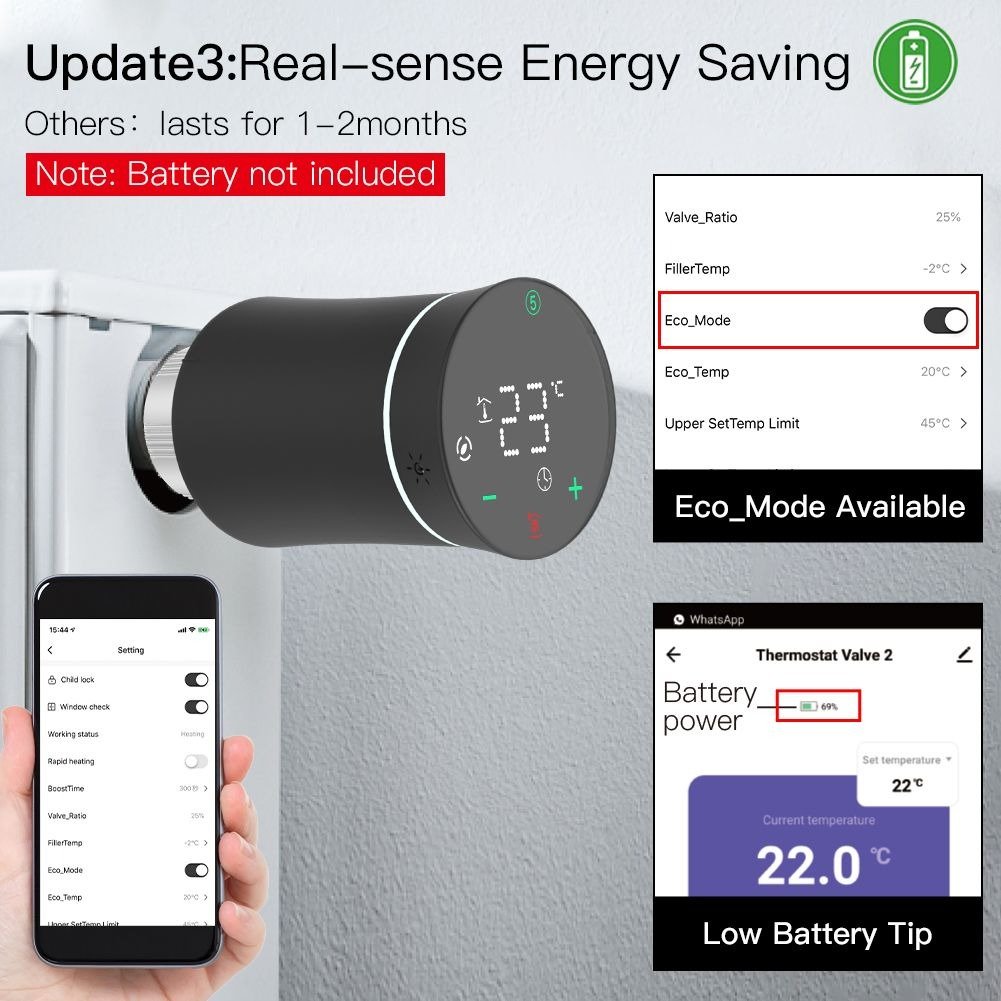Steam radiators can be a real headache when they stop heating up. You’re left shivering in your own home, facing chilly nights and skyrocketing energy bills if the problem drags on. But don’t worry—there’s a fix! This article dives into why your radiator’s gone cold and how a simple solution, like a quality valve from IVALVECRAFT, can get the heat flowing again.
If your steam radiator isn’t getting hot, it’s likely due to a faulty steam control valve, trapped air, or uneven pressure. Replacing or adjusting the valve—think brass thermostatic radiator valves from IVALVECRAFT—can solve it fast, ensuring steady heat and comfort.
Curious about what’s really going on with your radiator? Stick around—we’re breaking it all down, from valve basics to costs, so you can fix the issue and keep your customers happy.

What Does a Steam Control Valve Do?
A steam control valve is the unsung hero of your heating system. It manages how much steam flows into your radiator, keeping the temperature just right. Without it working properly, you’re either freezing or sweating—no in-between! At IVALVECRAFT, our brass thermostatic radiator valves are built to handle this job like champs. They’re tough, reliable, and perfect for stable export pressure, which means no more guessing if your radiator will heat up. Ever wondered how to turn on a Danfoss radiator or use a Danfoss radiator thermostat? It’s similar—those valves regulate steam too, but ours at IVALVECRAFT are designed for wholesalers and big buyers who need consistent quality. A good valve stops steam from getting stuck, ensures sufficient flow rate, and keeps your space cozy. If yours is busted, that’s probably why your radiator’s acting up.
How Much Does It Cost to Replace a Steam Radiator Valve?
Let’s talk money—replacing a steam radiator valve doesn’t have to break the bank, but it’s not pocket change either. On average, you’re looking at $50 to $150 for a solid valve, like our pressure reducing valves or brass safety valves at IVALVECRAFT. Add in labor if you’re not DIY-ing it, and costs can climb to $200-$400 depending on where you are—say, the UK or Germany. Want to know a trick? Check out the Danfoss radiator thermostat manual for tips on spotting a bad valve—it’s a good benchmark. Our valves are priced for B2B buyers, like purchasing officers or building materials wholesalers, so you get high quality without the retail markup. Factor in shipping if you’re in Russia or Poland, and it’s still a deal. A new valve beats shivering through winter any day!
What Are the Two Valves on a Radiator For?
You’ve probably noticed two valves on your radiator and wondered what they’re up to. Simple—one’s the inlet, letting steam in, and the other’s the outlet or air vent, letting air out so steam can fill the space. At IVALVECRAFT, our radiator valves and thermostatic mixing valves nail this combo. The inlet valve—like a Danfoss radiator thermostat—controls the heat flow (check those Danfoss radiator thermostat symbols for settings!). The outlet valve keeps things balanced by releasing trapped air. If either’s clogged or broken, your radiator won’t heat up—sound familiar? Our manifolds and mixing pump heating centers also play this game, ensuring smooth flow for big projects. For DIY chain supermarkets or construction procurement folks, knowing this duo’s role helps you pick the right fix fast.
Wrapping It Up
So, if your steam radiator’s not heating, it’s likely a valve issue—faulty steam control, bad pressure, or trapped air. We’ve covered how steam control valves keep the heat steady, what replacing one might cost (not too bad!), and why those two valves matter. IVALVECRAFT’s got your back with high-quality brass thermostatic radiator valves and more, perfect for wholesalers and big buyers across Russia, Poland, the UK, and beyond. Whether you’re a purchasing officer or a construction pro, we’ve got the goods to solve your radiator woes.
Choose IVALVECRAFT, choose reliable partner, enjoy the high quality and best service.


